A turbine flow meter is a widely used flow measurement device that operates based on the principle of fluid flow-driven rotation. This device is employed in numerous industries to measure the volume of liquids and gases moving through a pipeline. Its efficiency, accuracy, and ability to handle a broad range of fluid types make it a preferred choice in various applications, including petroleum, chemical processing, water treatment, and aerospace engineering. This article explores the structure, working principle, applications, advantages, and limitations of turbine flow meters.
https://www.ourmechanicalw...
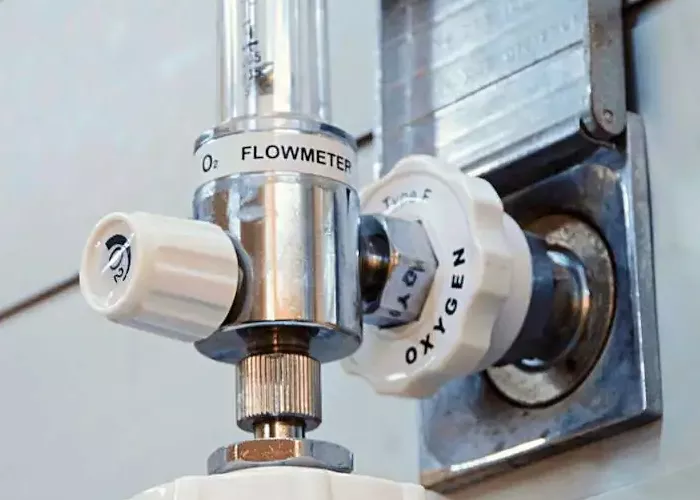
What Is A Turbine Flow Meter And How Does It Work? - Ourmechanicalworld.com
A turbine flow meter is a widely used flow measurement device that operates based on the principle of fluid flow-driven rotation. This device is employed in
https://www.ourmechanicalworld.com/archives/2751Digital pressure gauges have become increasingly popular in various industrial and commercial applications due to their ease of use, precision, and ability to provide real-time data. They are widely employed in instrumentation systems for monitoring and controlling pressure in different processes. Despite their advantages, it is crucial for engineers, technicians, and decision-makers to be aware of the potential drawbacks associated with digital pressure gauges before implementing them in critical applications.
#digitalpressuregauge
https://www.ourmechanicalw...

6 Disadvantages Of Digital Pressure Gauges: What To Know - Ourmechanicalworld.com
Digital pressure gauges have become increasingly popular in various industrial and commercial applications due to their ease of use, precision, and ability to
https://www.ourmechanicalworld.com/archives/6125Oxygen flow meters are critical instruments widely used in medical, industrial, and laboratory settings to regulate and measure the precise flow of oxygen gas. Ensuring the accurate performance of an oxygen flow meter is vital for patient safety, process control, and operational efficiency. Testing these devices involves systematic procedures to verify their functionality, accuracy, and reliability over time.
#oxygenflowmeter
https://www.ourmechanicalw...
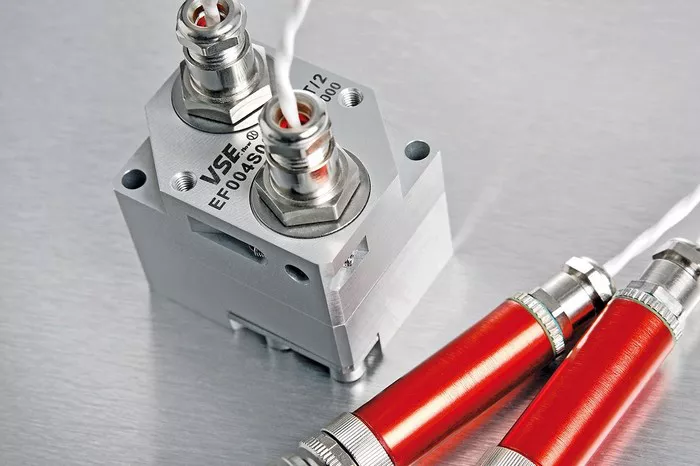
How To Test An Oxygen Flow Meter: Step By Step Guide - Ourmechanicalworld.com
Oxygen flow meters are critical instruments widely used in medical, industrial, and laboratory settings to regulate and measure the precise flow of oxygen
https://www.ourmechanicalworld.com/archives/6424Mass flow meters accurately measure the mass of fluid moving through a pipe, unaffected by temperature or pressure changes. Common in industries like oil and gas, chemical processing, and food production, they ensure precision in critical operations. To use them effectively, users must prepare the installation site, follow correct mounting guidelines, and calibrate for the specific fluid. Once operational, these meters offer real-time data with minimal maintenance. Regular checks, cleaning, and recalibration help maintain accuracy. Whether using Coriolis or thermal types, proper use and care of mass flow meters improve efficiency, reduce waste, and enhance process safety across diverse applications.
#Massflowmeters
https://www.ourmechanicalw...
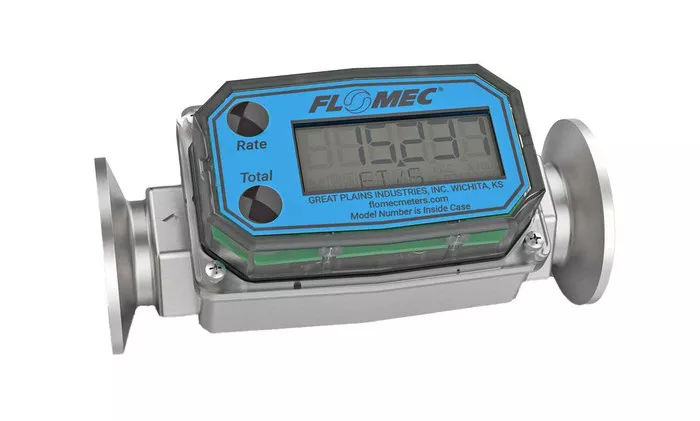
What Are Mass Flow Meters And How Do They Work? - Ourmechanicalworld.com
Mass flow meters are essential instruments used in various industries to measure the mass flow rate of gases, liquids, and solids moving through pipes or
https://www.ourmechanicalworld.com/archives/3625Ultrasonic flow meters are used across industries to measure liquid flow using high-frequency sound waves. Their non-intrusive design makes them ideal for clean, dirty, or corrosive fluids. Key sectors include water and wastewater management, oil and gas, power generation, chemical processing, food and beverage production, and HVAC systems. Clamp-on meters offer easy installation, while inline versions provide high precision. These meters are valued for their accuracy, low maintenance, and safety. From leak detection to energy monitoring, ultrasonic flow meters offer versatile solutions for complex flow measurement challenges—making them essential tools in modern industrial and utility operations.
#Ultrasonicflowmeters
Learn more:
https://www.ourmechanicalw...
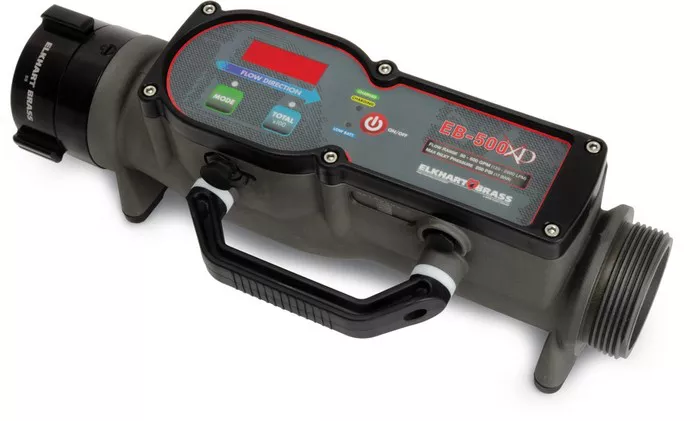
What Is An Ultrasonic Flow Meter And How Does It Work? - Ourmechanicalworld.com
In modern industries, flow measurement plays a critical role in ensuring that systems run efficiently and effectively. Various types of flow meters are used
https://www.ourmechanicalworld.com/archives/3161Mass flow meters are essential instruments in modern industry. They measure the flow rate of fluids based on mass, rather than volume. This provides a more accurate reading, especially in processes where temperature and pressure change frequently. Mass flow meters are widely used in industries like oil and gas, pharmaceuticals, food and beverage, and chemical processing.
#Massflowmeters
https://www.ourmechanicalw...

What Is A Mass Flow Meter And How Does It Work? - Ourmechanicalworld.com
A mass flow meter is a highly specialized instrument used in various industrial and scientific applications to measure the mass flow rate of a fluid traveling
https://www.ourmechanicalworld.com/archives/2978Tire pressure plays a pivotal role in vehicle safety, fuel efficiency, and tire longevity. Among the many tools designed to monitor tire pressure, slime tire pressure gauges have gained attention due to their integration with tire sealants, promising a combined solution for inflating tires and sealing punctures. However, a recurring question from vehicle owners and mechanics alike is: Are slime tire pressure gauges accurate? This article presents a comprehensive analysis from a mechanical engineering perspective to evaluate their accuracy, reliability, and practical usage.
https://www.ourmechanicalw...
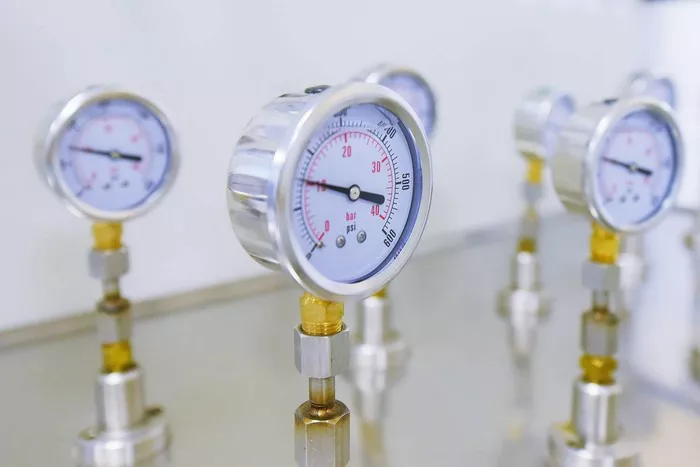
Are Slime Tire Pressure Gauges Accurate: A Full Analysis - Ourmechanicalworld.com
Tire pressure plays a pivotal role in vehicle safety, fuel efficiency, and tire longevity. Among the many tools designed to monitor tire pressure, slime tire
https://www.ourmechanicalworld.com/archives/6443Rotameters are widely used devices for measuring the flow rate of liquids and gases in various industrial and laboratory applications. They belong to the family of Variable Area Flowmeters, where the flow measurement principle relies on the change in the area through which the fluid passes. This simple yet reliable design offers an intuitive visual indication of flow rate, making rotameters a popular choice for engineers and technicians across many sectors.
At the heart of the rotameter is a tapered tube, typically made of glass or plastic, inside which a float rises or falls in response to the fluid flow. The position of this float correlates with the flow rate, and the reading is typically obtained by noting the float’s position against a calibrated scale on the tube.
#Rotameters
https://www.ourmechanicalw...
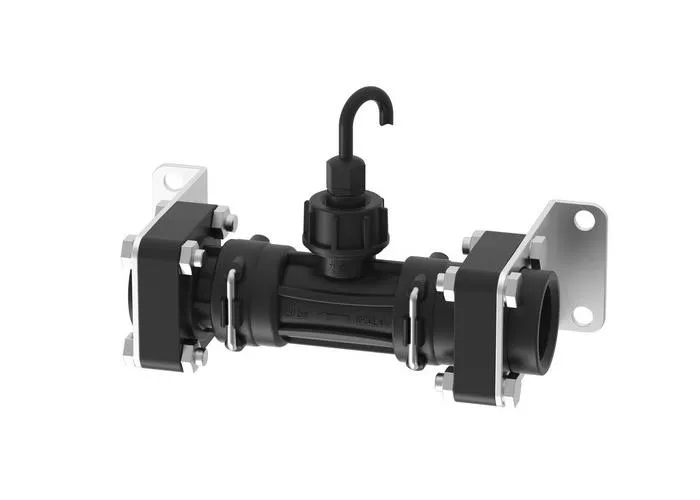
How To Check Rotameter Reading: A Simple Guide - Ourmechanicalworld.com
Rotameters are widely used devices for measuring the flow rate of liquids and gases in various industrial and laboratory applications. They belong to the
https://www.ourmechanicalworld.com/archives/6313Rotameters, widely known as Variable Area Flowmeters, are popular instruments used to measure the flow rate of liquids and gases. Their design simplicity, reliability, and ease of maintenance have made them a staple in various industrial and laboratory applications. However, one frequently asked question among engineers and technicians is whether a rotameter can measure vacuum conditions effectively. In other words, can a rotameter provide accurate readings when dealing with flows under sub-atmospheric pressures? This article aims to deliver a detailed and factual explanation regarding the use of rotameters in vacuum measurement scenarios, exploring their principles, limitations, and alternatives where appropriate.
#Rotameters
https://www.ourmechanicalw...
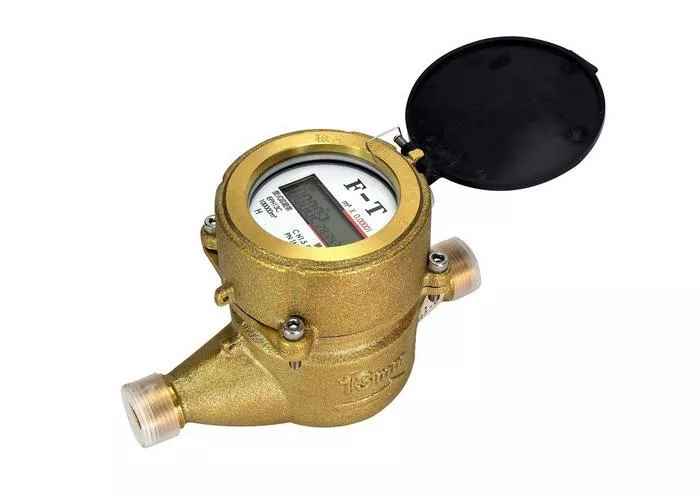
Will A Rotameter Be Able To Measure A Vacuum: A Quick Answer - Ourmechanicalworld.com
Rotameters, widely known as Variable Area Flowmeters, are popular instruments used to measure the flow rate of liquids and gases. Their design simplicity,
https://www.ourmechanicalworld.com/archives/6315Ultrasonic inline flowmeters have become a cornerstone technology in fluid measurement, providing precise, non-intrusive, and reliable flow data across a wide range of industries. These devices harness the power of ultrasonic waves to measure the velocity of fluid moving through a pipe, thereby calculating volumetric flow rate without coming into direct contact with the fluid. Their versatility and accuracy have made them increasingly popular in sectors such as water treatment, oil and gas, chemical processing, and HVAC systems.
Unlike traditional mechanical flowmeters, such as metallic rotameters or glass rotameters, ultrasonic inline flowmeters offer several distinct advantages including minimal pressure drop, low maintenance, and the capability to measure both clean and dirty fluids with equal efficiency. This article delves into the principles, types, operational mechanisms, and practical applications of ultrasonic inline flowmeters, elucidating why they are a preferred choice for modern flow measurement challenges.
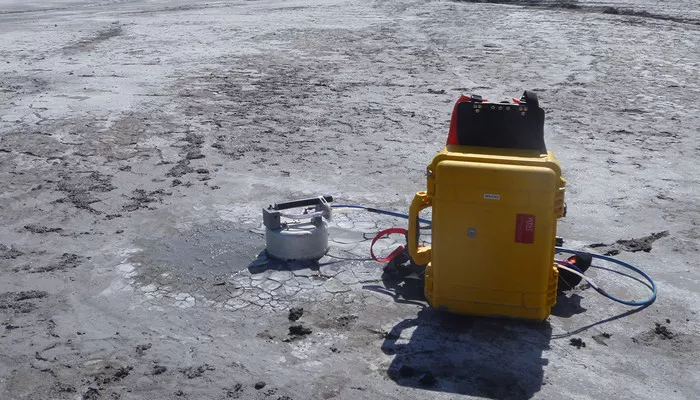
What Are Ultrasonic Inline Flowmeters And How Do They Work? - Ourmechanicalworld.com
Ultrasonic inline flowmeters have become a cornerstone technology in fluid measurement, providing precise, non-intrusive, and reliable flow data across a wide
https://www.ourmechanicalworld.com/archives/4658Dwngo social network website
Dwngo – The Social Media Platform! * Share your thoughts & ideas * Publish blogs & trending stories * Connect, engage & grow your networkJoin now & be part of the future of social networking! #SocialMedia #Blogging #Dwngo --https://dwngo.com/


